Zoo photography offers the chance to capture stunning images of wildlife without venturing into the wild. However, capturing dynamic zoo photos also presents its own set of challenges. From shooting through glass to dealing with enclosures, it’s not always straightforward.
What You’ll Learn in This Article:
- The benefits of telephoto lenses for zoo photos.
- The role of aperture, and the importance of a fast shutter speed.
- How to photograph animals in low-light conditions.
- Strategies for reducing reflections and capturing animal expressions.
- Zoo photography tips and advice to help you take great zoo photos.
Best Lenses for Zoo Photos
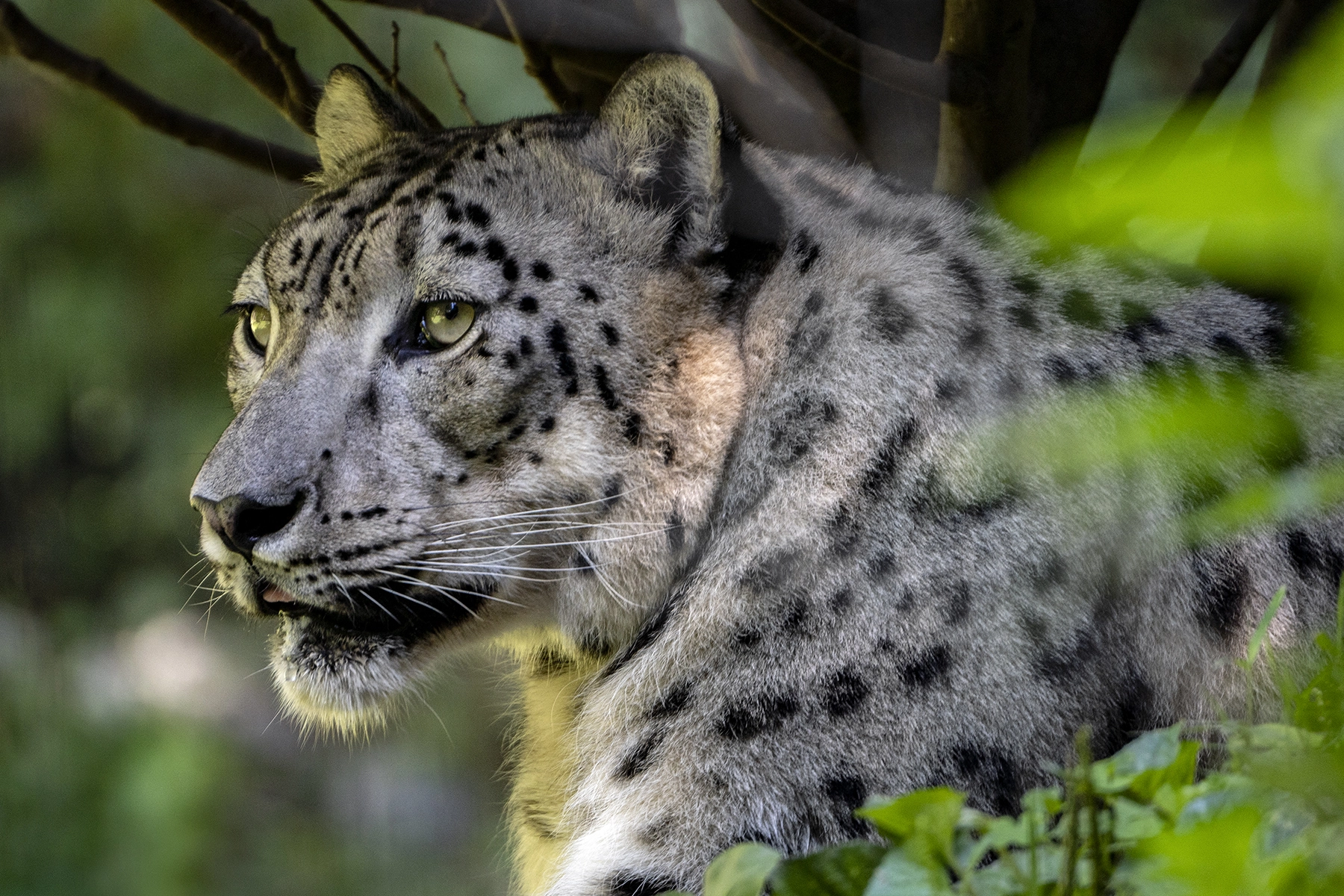
Choosing the right lens is crucial. The best lenses for zoo photography can help you overcome these obstacles and take sharp, impactful photos.
Here’s a quick list to consider for choosing the right lens for zoo photography:
- Focal Length: Determine your shooting distance needs. Will 200mm, 300mm, 400mm, or 500mm be necessary to get the types of shots you want?
- Aperture: Wider apertures work well in low light, especially in indoor exhibits.
- Weight: Lighter lenses are easier to carry during long days at the zoo.
- Stabilization: Since many zoos do not allow tripods, look for image stabilization to reduce blurring when hand-holding.
Benefits of Telephoto Lenses
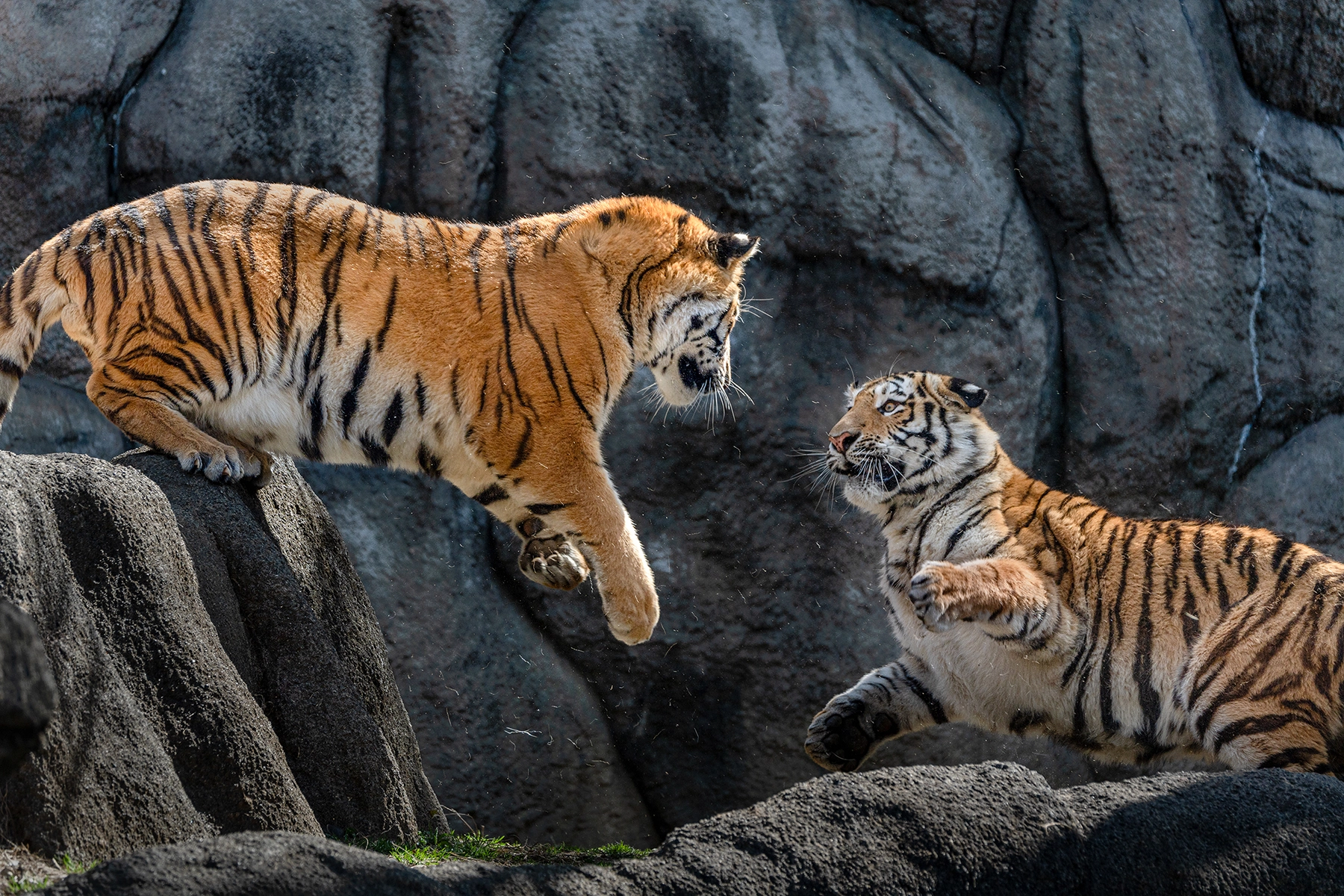
Telephoto lenses are a popular choice for zoo photography. They allow you to capture animals without physically approaching them, allowing you to get detailed shots of distant subjects. But that’s not the only option. Versatile all-in-one zoom lenses offer great flexibility with wide angle and telephoto settings that let you adapt to different scenarios quickly without changing lenses.
Here are some options that balance performance and exceptional image quality.
- Tamron 18-300mm F/3.5-6.3 Di III-A VC VXD: Offering an impressive zoom range, this lens is perfect for photographers who want an all-in-one solution. Whether you’re capturing distant animals, wide enclosures, or even family moments at the zoo, this lens can handle it all. Designed for crop-sensor cameras, it also features 1:2 macro capability for close-up shots of smaller creatures, and VC image stabilization ensures sharp results even at longer focal lengths.
- Tamron 50-400mm F/4.5-6.3 Di III VC VXD: This lens is a powerhouse for zoo photography, covering both standard and ultra-telephoto ranges, making it easy to photograph animals up close or from afar. The 1:2 macro feature adds versatility, allowing you to capture detailed close-ups of smaller wildlife. With excellent image stabilization and fast autofocus, it ensures sharp, steady images even when tracking moving subjects.
- Tamron 70-180mm F/2.8 Di III VC VXD: This telephoto zoom lens delivers exceptional sharpness with a fast f/2.8 maximum aperture, making it a great choice for capturing animals in varying light conditions. Its versatility allows you to frame both tight portraits and wider environmental shots, while VC image stabilization helps maintain clarity when shooting handheld. The bright aperture also enhances subject isolation, keeping backgrounds beautifully blurred for a professional look.
- Tamron 70-300mm F/4.5-5.6 Di III RXD: If you’re looking for an affordable yet high-quality full-frame telephoto zoom, this compact lens is an excellent option. Its lightweight design makes it easy to carry around the zoo all day without fatigue. The 70-300mm range provides ample reach for capturing animals at a distance, and the fast, quiet autofocus ensures you don’t miss the perfect shot. Despite its affordability, it delivers superb image quality, making it a great choice for beginners and hobbyists alike.
- Tamron 150-500mm F/5-6.7 Di III VC VXD: For those who need extreme reach, this ultra-telephoto zoom lens is the lightest in its class, making it easier to handhold for extended periods. Its 150-500mm range is perfect for photographing animals that are far away, ensuring crisp, detailed images of elusive zoo residents. The VC image stabilization helps counteract camera shake at long focal lengths, while fast autofocus ensures you can track and capture moving subjects with precision.
Each of these lenses offer unique advantages and provide unique features that cater to different aspects of zoo photography and your goal of the types of pictures you want to take home from your day at the zoo.
Camera Settings for Zoo Photography
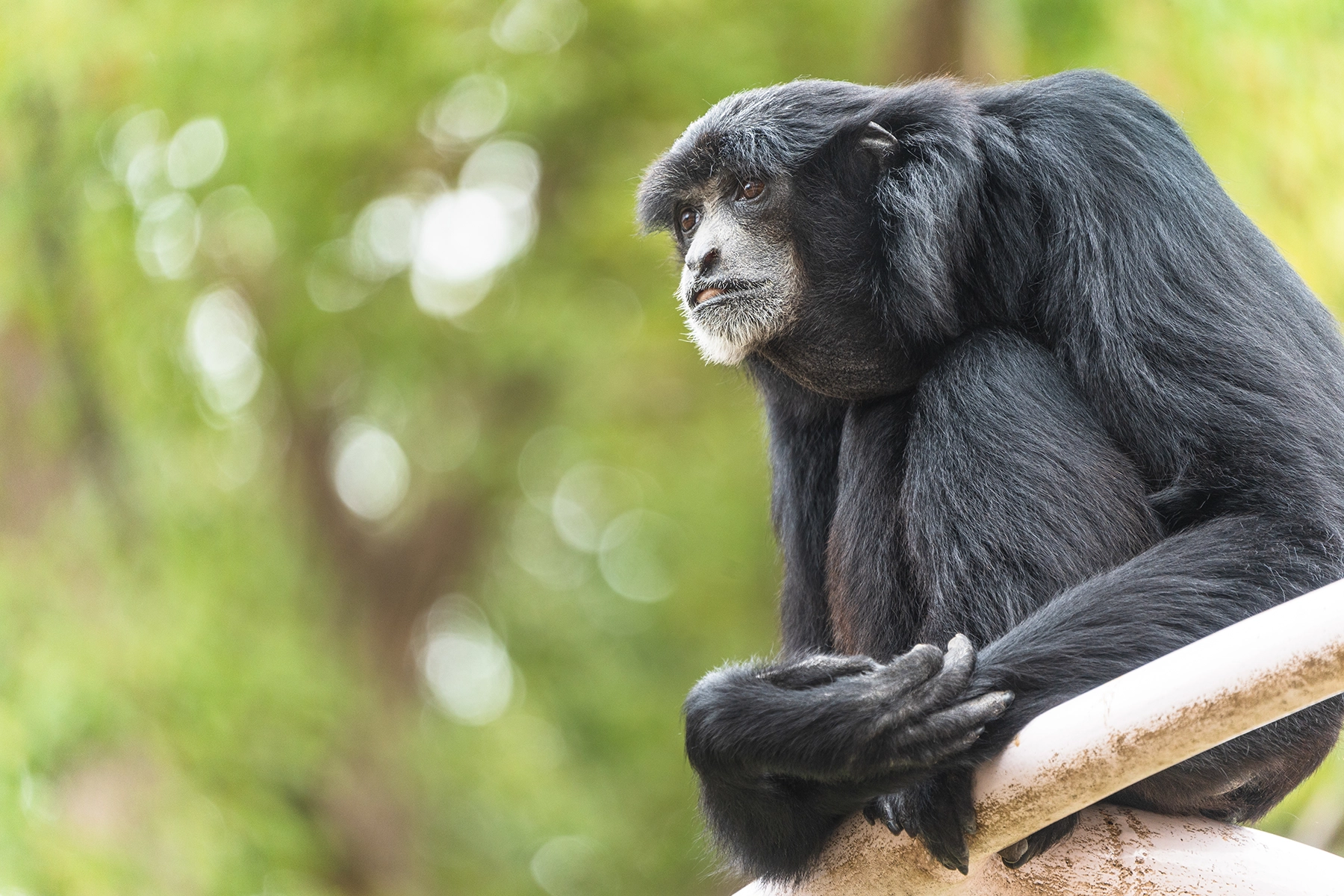
Getting camera settings right is key to taking great zoo photos.
- Start by setting your camera to aperture priority mode. In this mode, you control the aperture, crucial for depth of field. A wider aperture like f/2.8 blurs the background, letting the subject pop off the background for a professional look.
- Next, adjust the ISO for the zoo’s lighting conditions. Outdoors, try ISO 400. Indoors, a higher ISO like 800 or 1600 will be necessary, but be cautious of noise.
- Shutter speed is another critical component. Aim for faster speeds like 1/500s to freeze animal movement. Dial your aperture to its widest opening to get the fastest shutter speed. If you still cannot get to 1/500s, you will need to increase your ISO higher.
- Use continuous autofocus mode for moving animals. It helps maintain sharp focus as animals roam their enclosures. Capture a series of shots to increase your chances of getting a blur-free photo.
- Set your white balance. Adjust it according to the light—whether sunny, cloudy, or in the shade.
- Stabilization is vital in low light. Set image stabilization on your lens and in your camera. If you do not have this feature, stabilize your camera on a monopod.
- Try shooting in RAW format. This allows better post-processing adjustments, rescuing details hidden in shadows.
Experiment with different settings, reviewing your photos in-camera. Tweak the settings as needed to suit the different exhibits and their tricky lighting.
Tips on How to Take Great Zoo Photos
Capturing excellent zoo photos requires patience, an understanding of animal behavior, and the right techniques. From working around enclosures to optimizing lighting and composition, these tips will help you take professional-quality wildlife shots, even in a controlled zoo environment.
TIP 1: Capturing Animal Expressions
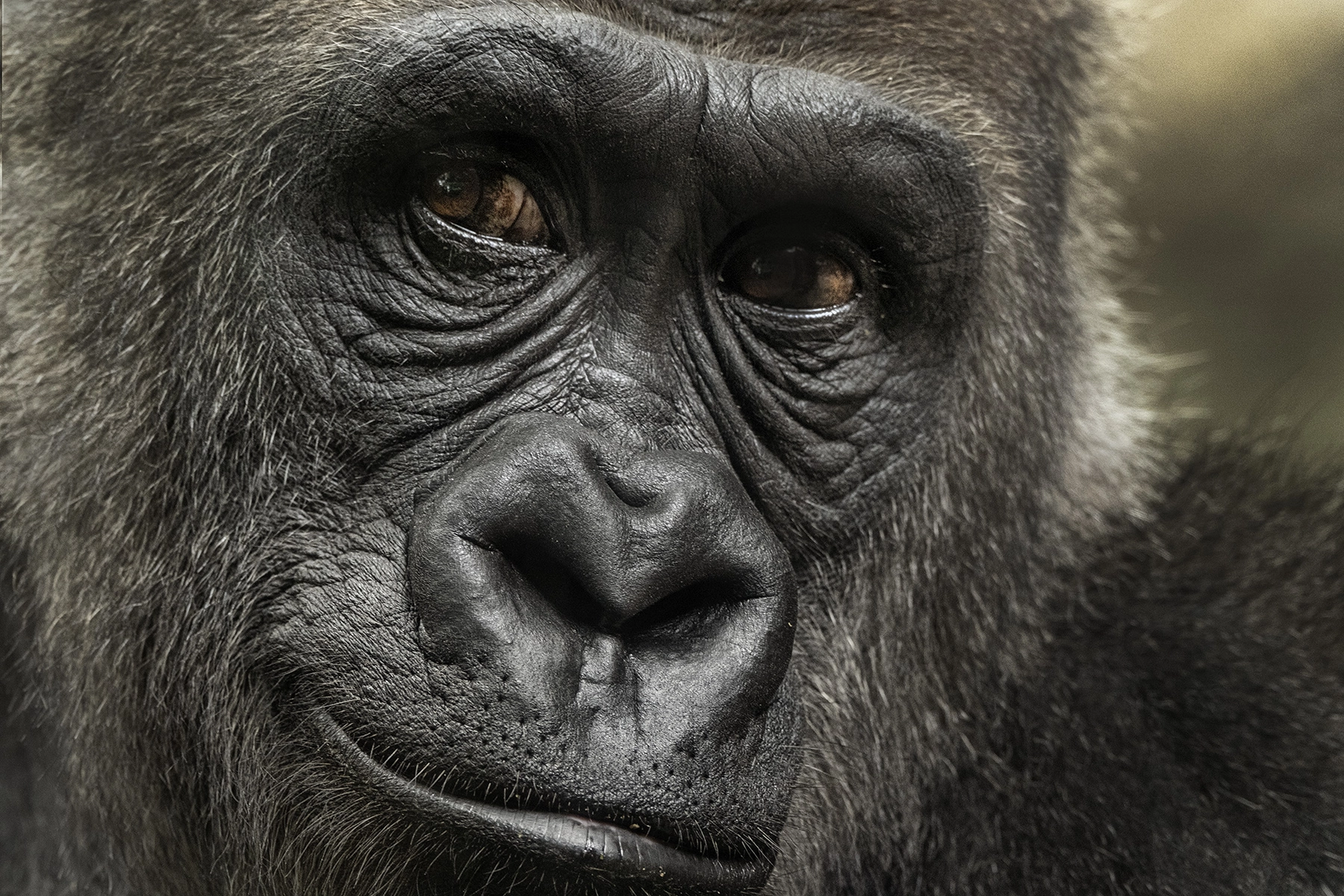
Animal expressions add character and emotion to zoo photos. To capture them, patience is key. Observe their behavior and wait for the right moment.
- Focus on the eyes: Sharp eyes draw viewers into the photograph. A telephoto lens helps capture expressions from a respectful distance.
- Burst mode is helpful: Use it to shoot sequences, capturing fleeting expressions with precision. Combine this with continuous autofocus to ensure sharpness. Animals won’t pause for the camera, so being ready is crucial.
- Time your shots: Look for quiet moments around the zoo to enhance the chance of capturing genuine animal expressions undisturbed by crowds.
TIP 2: Overcoming Common Zoo Photography Challenges: Fences and Reflections

Zoo photography poses unique challenges that can affect image quality. Reflective glass, fences, and enclosures can hinder capturing great shots.
Reflections: Glass enclosures protect animals but can result in reflections that ruin photos.
- Position your camera at an angle to the glass to minimize reflections. This might mean crouching or moving to the side.
- Avoid shooting straight-on to reduce capturing your own reflection.
- A polarizing filter can help to reduce glare and reflections on glass surfaces, yielding clearer images.
- Use a rubber lens hood pressed against the glass to block external light from reaching the camera and significantly reduce reflections.
- Cover your camera with a dark cloth to block other reflections. This can create a makeshift shield against reflective light sources.
Fences: The key to photographing animals behind fences effectively is to make the barrier inconspicuous while focusing on the subject.
- Move as close to the fence as possible without compromising your safety.
- Align your lens to shoot through the gaps, links, or mesh of the fence to make it less visible in photos.
- Using a wide open aperture helps blur the fence, making the barrier almost invisible. This trick also isolates the animal from the background, making it the focal point.
- Use manual focus for more control. Autofocus can sometimes lock in on the fence rather than your subject.
- Shift your position to find a clearer view of the animal. Sometimes, waiting a few moments will bring the animal closer or into a better position where the fence isn’t an issue.
With these techniques, you can overcome fence barriers and reflections, capturing clear and engaging animal portraits.
TIP 3: Composition and Timing
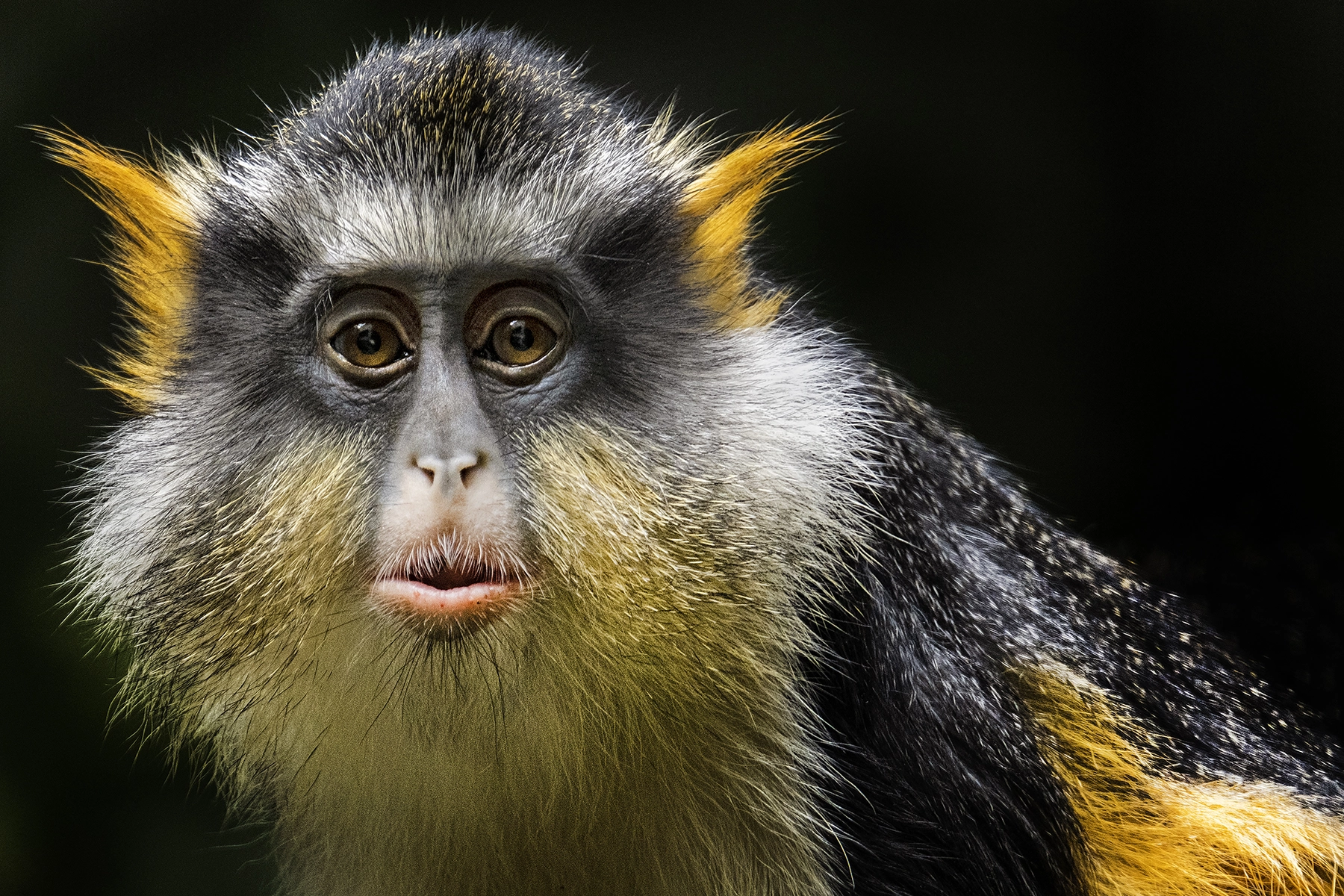
Successful zoo photography isn’t just about having the right gear. Composition and timing play vital roles in capturing beautiful images.
- Understanding animal behavior is key to capturing great moments. By observing, you can anticipate shots, such as an animal looking directly into your lens. Take time to study animal interactions with their surroundings and each other. This understanding and observation will elevate your photography.
- Use the rule of thirds as a starting point. Placing your subject slightly off-center makes the image more visually appealing.
- Pay close attention to the background. A busy or distracting backdrop can take focus away from your subject. Adjust your position or wait for the animal to move in front of a clean, simple background for a more striking shot. Use a telephoto lens set at its widest aperture to blur the background.
- Use natural elements like branches or leaves for framing. These can add depth and context to your shots, enhancing the subject’s natural setting.
- Experiment with various angles and perspectives. Getting down to the animal’s eye level can create a more personal and engaging photo.
- Incorporate leading lines to draw attention to the animal. Paths, fences, or even the animal’s gaze can act as these lines.
- Capture interactions between animals. This creates engaging stories and highlights behaviors unique to zoo environments.
- Negative space can be powerful. It isolates the subject and can evoke emotions or showcase the animal’s mood.
TIP 4: Best Time to Take Photos at the Zoo
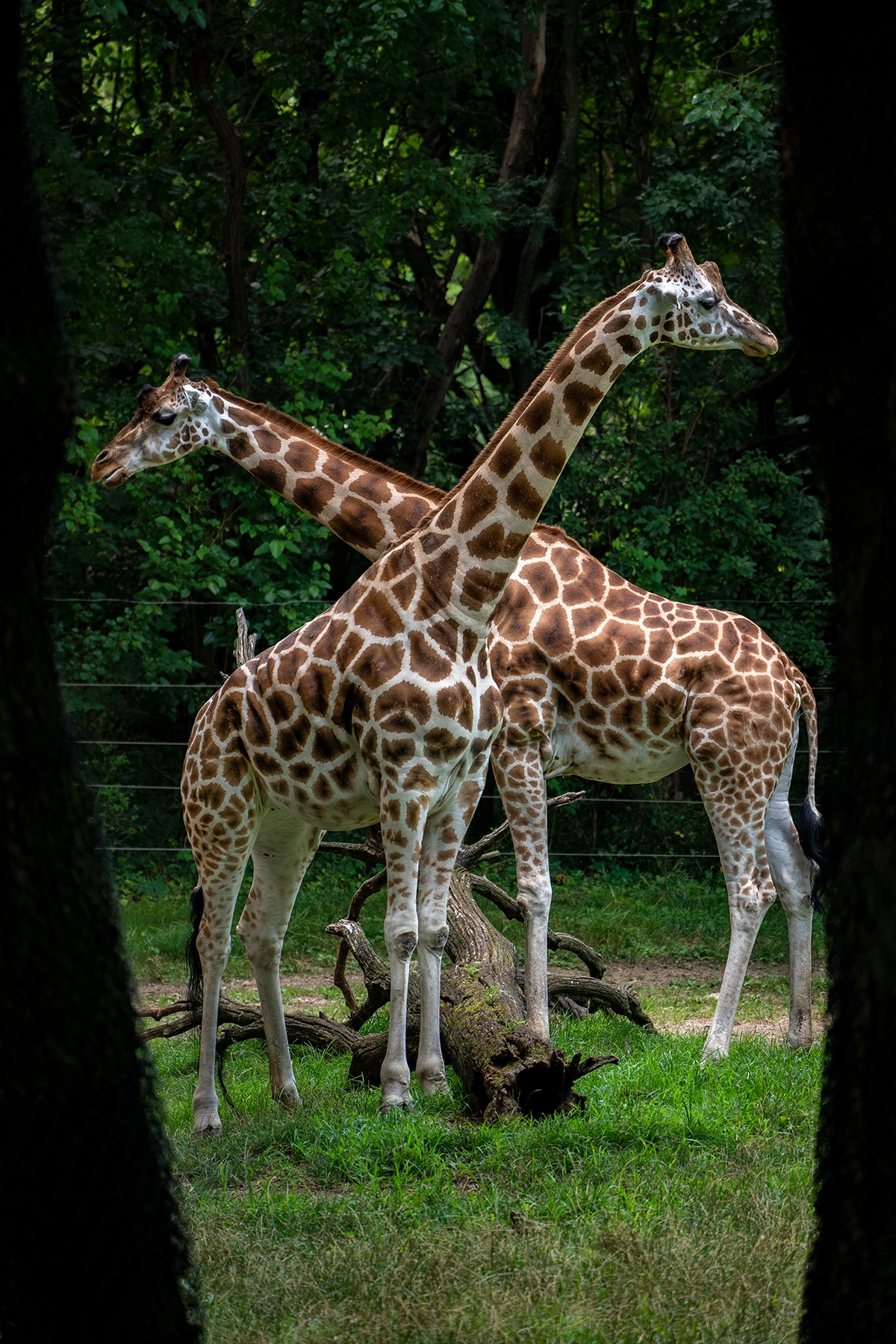
The time of day significantly impacts zoo photography quality. The best times often coincide with the animals’ most active periods.
- Early morning or late afternoon provides softer, warm lighting, adding richness to photos.
- During these times, you’ll also find fewer crowds, giving you more freedom to move around and find the best angles without obstructions.
- Many animals are more active in the morning, especially during feeding times. Take advantage of these natural behaviors to capture wildlife action and interaction.
- If you visit during midday, shadows can be harsh. Utilize shaded areas to avoid contrasty shots or consider backlighting for dramatic silhouettes.
Respecting the Animals and Their Environment and Practical Tips When Shooting Zoo Photos
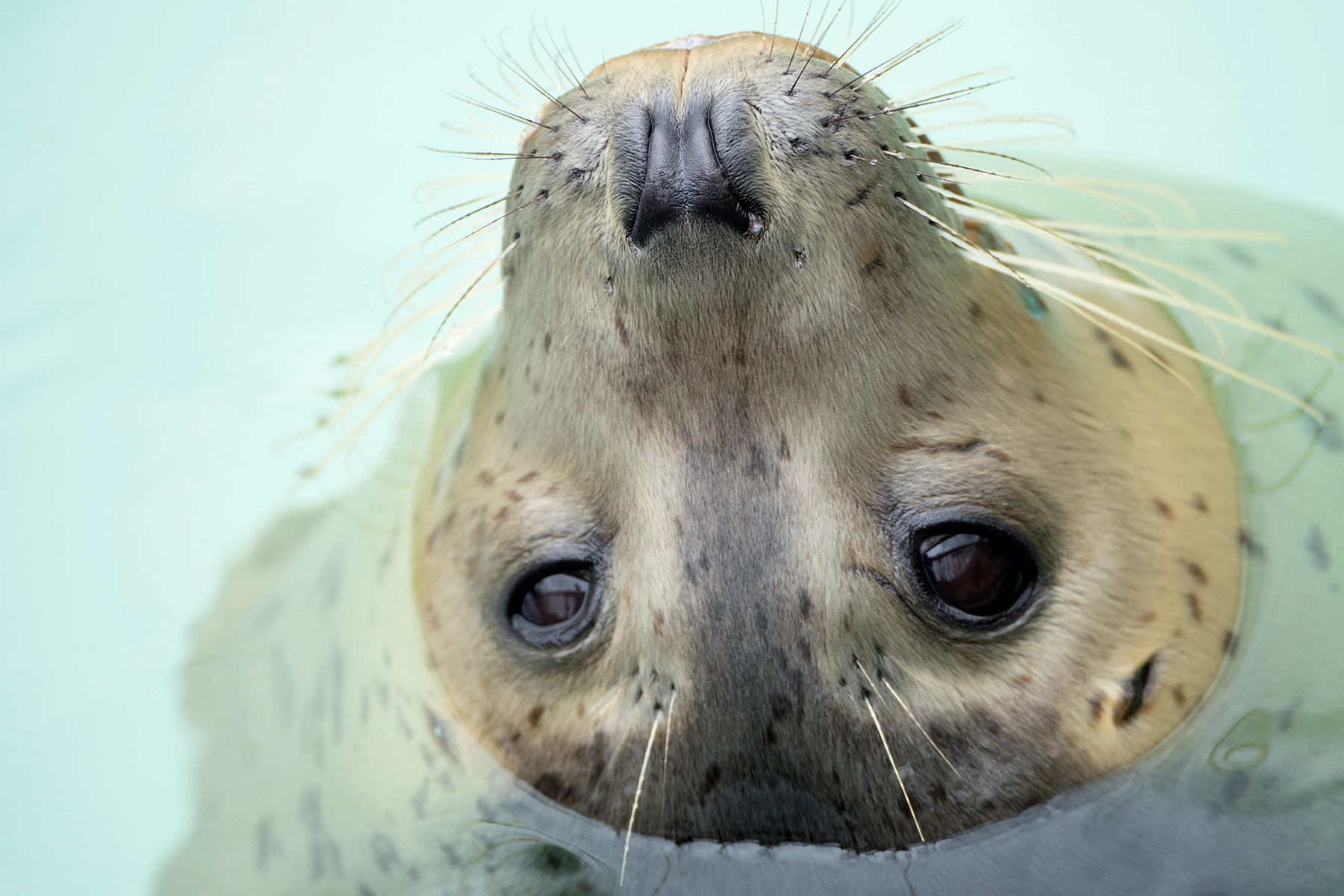
When photographing animals in zoos, like this seal at Asahikawa City Asahiyama Zoo, ethical considerations are paramount. It is essential to prioritize the well-being of the animals.
- Respect their space and observe from a distance.
- Avoid making loud noises or sudden movements that might disturb them.
- Never tap on glass or call out to catch an animal’s attention, as it can cause undue stress.
- Stay mindful of barriers and signs. They are there to protect both you and the animals from unnecessary stress.
- Animals should never be baited or coerced for better photos. Natural interactions yield the most authentic and memorable images.
- Learning about the animals and their habits enriches your experience and leads to more meaningful photographs.
- Use gear responsibly. Tripods and selfie sticks can be hazardous if not managed carefully.
- Capture the essence of the environment without damaging it. Be mindful of where you walk and stand, keeping to designated viewing areas to preserve the habitat.
Making the Most of Your Zoo Photography Experience
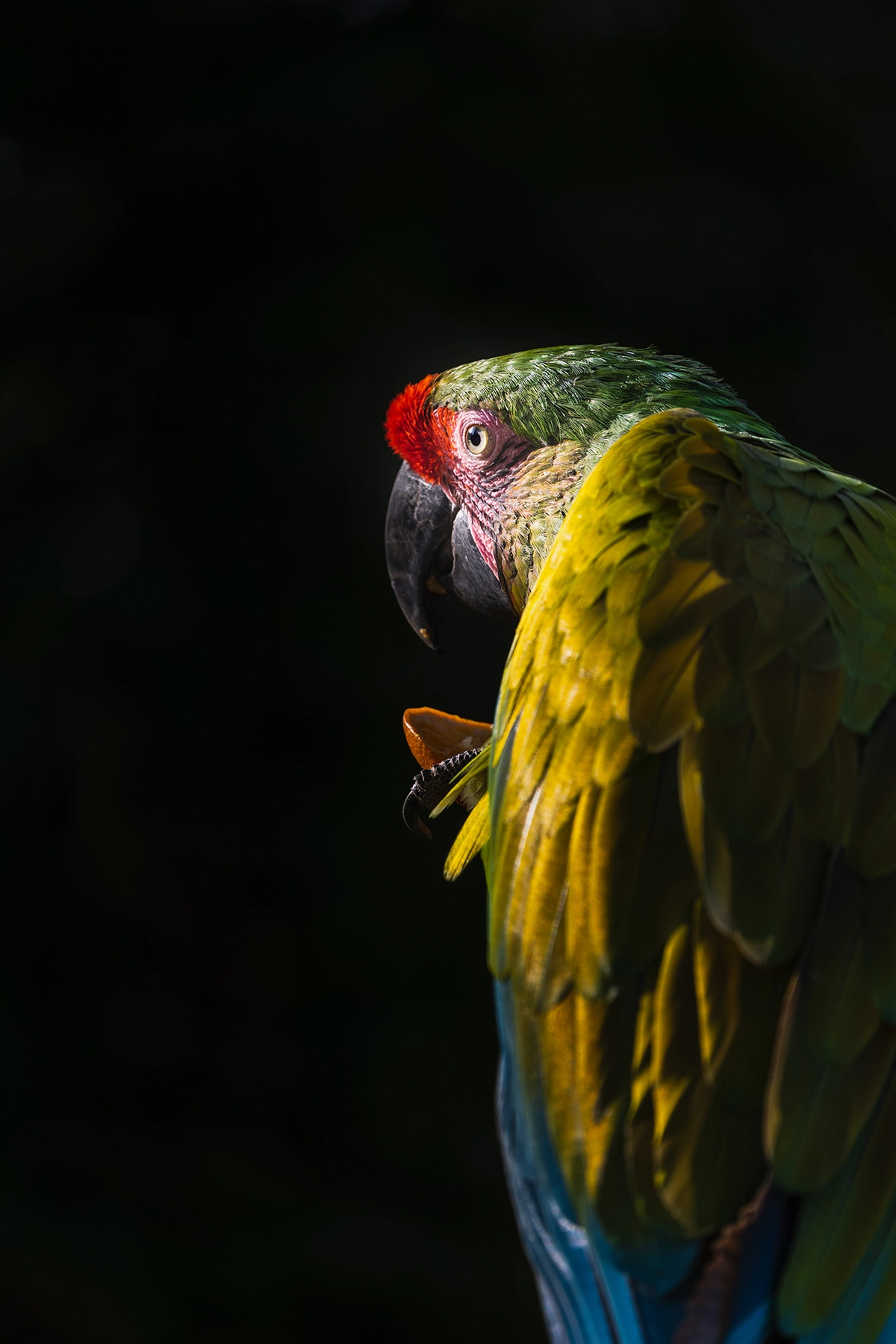
Zoo photography offers a unique blend of challenges and rewards. By employing the right techniques and equipment, your photos will become more impactful.
Consider a membership to your local zoo so that you can visit frequently to hone your skills. Each visit will deepen your wildlife photography skills. With practice, you’ll continually refine your ability to capture amazing zoo photos.
Learn more about Tamron lenses at an authorized Tamron dealer near you or visit the TAMRON Store.
